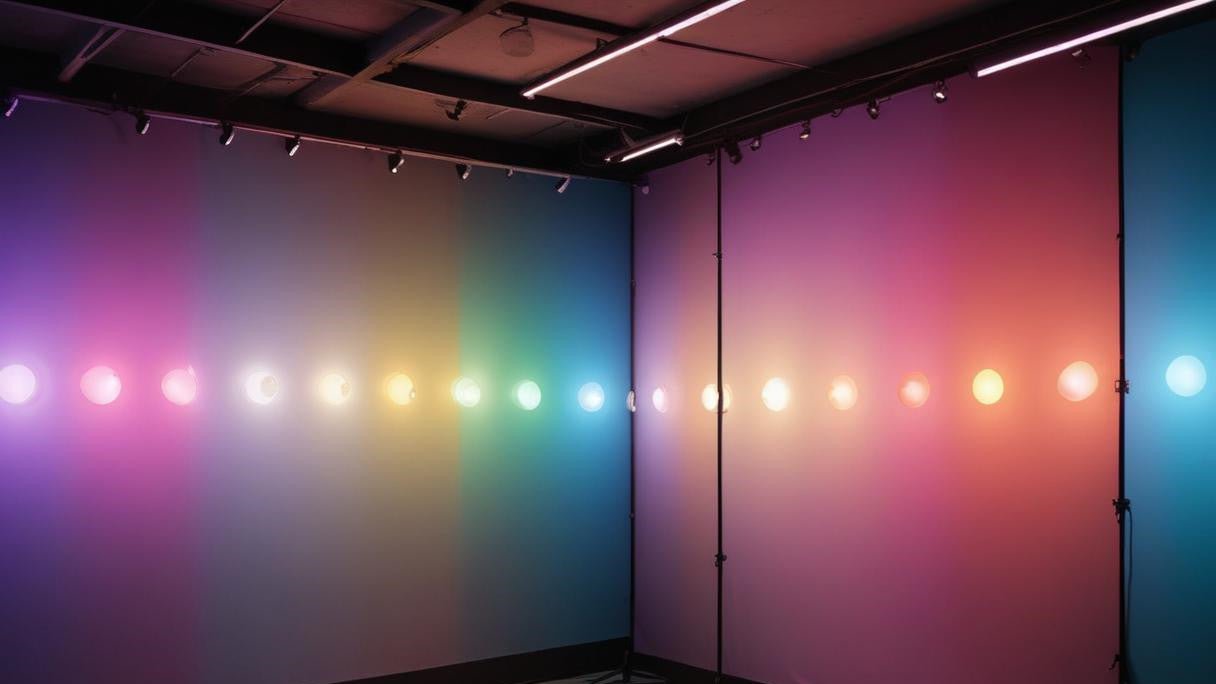LED ceiling lights have gained immense popularity due to their energy efficiency, long lifespan, and minimal maintenance. However, a common question that arises is whether LED lights get hot. Understanding the heat production of LED lights, particularly LED ceiling lights, is crucial for making informed decisions about their use in various settings. This article delves into the factors that influence heat generation in LED lights and compares them to other types of lighting.
Understanding Heat Production in LED Ceiling Lights
LED (Light Emitting Diode) technology is fundamentally different from traditional lighting methods such as incandescent or fluorescent lighting. This difference plays a significant role in how much heat is produced.
- Energy Efficiency:
LED ceiling lights are highly energy-efficient, converting a greater proportion of electrical energy into light rather than heat. Typically, about 90% of the energy used by an LED light is converted into light, with only 10% lost as heat. This contrasts sharply with incandescent bulbs, which convert only about 10% of energy into light and lose the remaining 90% as heat.
- Heat Sink Design:
LED ceiling lights are equipped with heat sinks to manage the small amount of heat they do produce. A heat sink is a component designed to absorb and dissipate heat away from the LED. This helps to keep the LED cool and ensures optimal performance and longevity. The design and quality of the heat sink are crucial for efficient heat management.
Comparisons with Other Types of Lighting
- Incandescent Bulbs:
Incandescent bulbs are known for their high heat production. They work by heating a filament until it glows, which inherently generates a lot of heat. This makes them inefficient and can pose a risk of burns or fire hazards in enclosed fixtures.
- Fluorescent Lights:
Fluorescent lights produce less heat than incandescent bulbs but still generate more heat than LEDs. They work by exciting gases within the tube, which also produces some heat as a byproduct. Fluorescent lights require ballasts, which can also contribute to heat generation.
- Halogen Bulbs:
Halogen bulbs are a type of incandescent light that uses halogen gas to increase efficiency and lifespan. However, they still produce a significant amount of heat, similar to traditional incandescent bulbs.

Practical Implications of LED Heat Production
- Safety:
LED ceiling lights are much safer to use than incandescent or halogen lights due to their low heat production. They reduce the risk of burns and are less likely to cause fires. This makes them particularly suitable for areas where safety is a concern, such as children's rooms or places where the lights might be left on for extended periods.
- Installation and Fixture Compatibility:
The low heat emission of LED ceiling lights means they can be used in a wider variety of fixtures without the risk of overheating. This makes them versatile and suitable for enclosed fixtures, recessed lighting, and other applications where heat buildup could be an issue.
- Lifespan and Performance:
- Energy Efficiency and Cost Savings:
The energy efficiency of LED ceiling lights translates to cost savings on electricity bills. Since they produce less heat, less energy is wasted, making them a more economical choice in the long run.
Addressing Common Concerns
- Touching LED Lights:
While LED ceiling lights do produce some heat, it is generally not enough to cause burns when touched. However, the heat sink and the base of the light can become warm, so it is advisable to handle them with care, especially right after they have been turned off.
- Heat Dissipation in Enclosed Spaces:
In enclosed fixtures, proper ventilation is important to ensure that any heat generated by the LED ceiling light is dissipated effectively. Poor ventilation can trap heat, potentially affecting the LED's performance and lifespan. Choosing fixtures designed for LED lights can help mitigate this issue.
Conclusion
In conclusion, while LED ceiling lights do produce some heat, it is significantly less than that generated by incandescent, halogen, or even fluorescent lights. The energy efficiency of LEDs ensures that most of the electrical energy is converted into light rather than heat, making them a safe and economical choice for various applications. With proper heat sink design and good ventilation, LED ceiling lights can provide reliable, long-lasting illumination without the excessive heat output associated with traditional lighting options. Whether for safety, efficiency, or versatility, LED ceiling lights offer numerous advantages while maintaining low heat levels.


































Leave a comment
This site is protected by hCaptcha and the hCaptcha Privacy Policy and Terms of Service apply.